Solvent-based vs. solvent-free adhesives: Which is better?
When working with adhesives, you will need to decide whether a solvent-based adhesive or a solvent-free adhesive is the best fit for your needs. Since they are safer for both their users and the environment, solvent-free adhesives are an increasingly popular choice.
While each adhesive type has its pros and cons, most applications are better suited to one or the other. In this article, we’ll cover the advantages and disadvantages of both adhesive types.
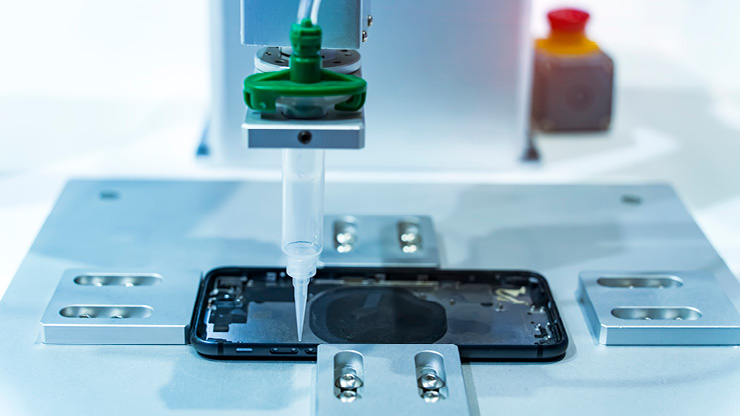
What are solvent-based adhesives?
In a solvent-based adhesive, the adhesive compound is dissolved and diluted by a liquid solvent. This allows the adhesive to spread smoothly and evenly over any surface it is applied to, both porous and non-porous.
Any adhesives that contain a harmful solvent in a concentration over 5% are considered solvent-based.
Solvents like water, which are non-toxic both to humans and the environment, aren’t considered harmful. Adhesives manufactured with these solvents aren’t considered solvent-based.
Solvents like n-hexane, which are both flammable and neurotoxic, are considered harmful. Adhesives containing over 5% of these solvents, like certain quick-drying glues, are considered solvent-based.
The pros of solvent-based adhesives
The main advantage of a solvent-based adhesive is the ease with which a strong bond is achieved. In solvent-based adhesives, the solvent dissolves and carries the adhesive, making it easier to spread across a surface and providing quicker wetting and stronger initial bonding.
A strong solvent is also able to roughen the surface by etching it as it is applied, providing a stronger bond and possibly removing the need for an extra etching step to prepare the substrate. Additionally, the solvents in these adhesives often evaporate quickly, providing faster drying times.
Thanks to the properties of the solvents they contain, solvent-based adhesives also offer better temperature stability, chemical resistance, and weather resistance than many solvent-free adhesives.
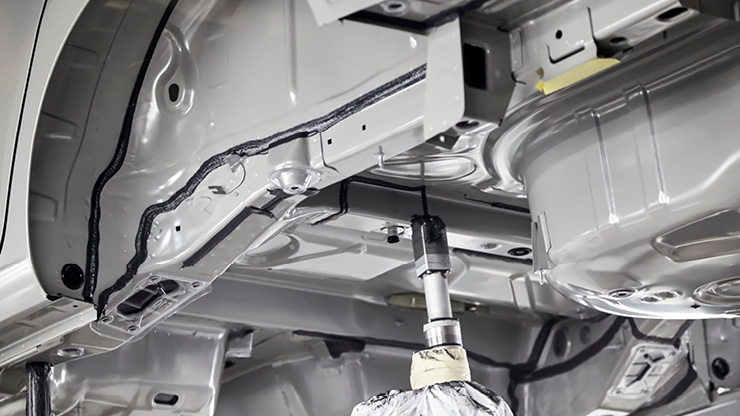
The cons of solvent-based adhesives
Most solvent-based adhesives use volatile organic compounds (or VOCs) as solvents. These solvents evaporate quickly and easily, which provides fast drying, but causes many other disadvantages.
Because they readily evaporate, the VOCs found in solvent-based adhesives are easily inhaled and can create flammable fumes and unpleasant odors, presenting a significant health hazard and fire risk. Not all VOCs are equally dangerous in toxicity or flammability, but most require safe handling precautions.
VOC solvents also contribute to climate change by combining with nitrogen oxides in the atmosphere to form smog. In addition to the harmful effects of their VOC vapors, the natural etching effect of solvent-based adhesives may damage the surface of some substrates.
Additionally, some countries regulate products that contain VOCs more strictly than others. In these countries, importing, exporting, or working with solvent-based adhesives may be more expensive or intensive than working with solvent-free adhesives.
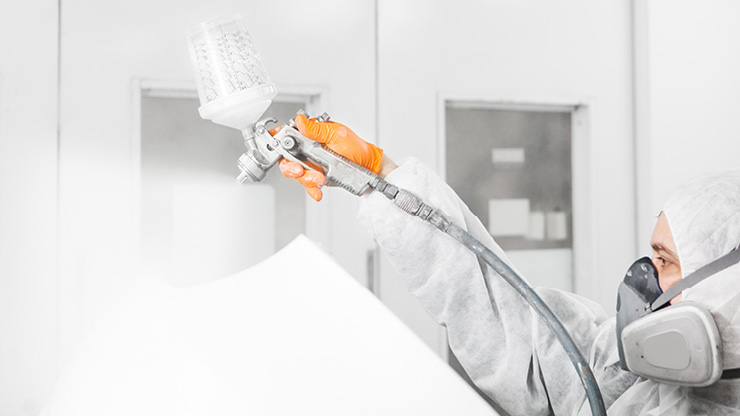
Are solvent-based adhesives worth it?
Solvent-based adhesives are often more weather-resistant and chemically resistant than solvent-free adhesives and can form strong bonds quickly thanks to their aggressive solvents. However, solvent-based adhesives can be more costly and dangerous to operate with—and advancements in solvent-free technologies are making them available as an alternative for many applications.
Solvent-based is sometimes the only option, such as when working with substrates with highly contaminated surfaces, but you should always search for a solvent-free option before deciding on a solvent-based adhesive.
Tips for applying solvent-based adhesives
The key to working safely with solvent-based adhesives is ventilation. Most solvent-based adhesives produce toxic and flammable fumes as they dry. To remove these fumes, make sure there is proper ventilation—especially when working in confined areas.
To ensure that you are taking all safety precautions and getting the most out of your adhesive, make sure to follow the manufacturer’s application guidelines. While these precautions won’t prevent the solvent from polluting the environment, they will ensure the safety of anyone working with them.
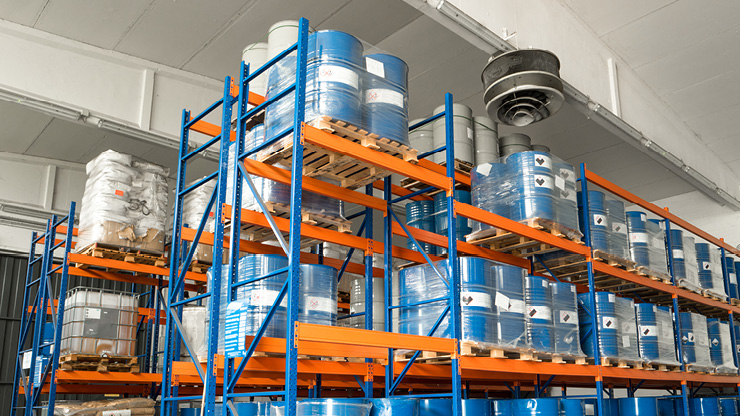
What are solvent-free adhesives?
To be considered solvent-free, an adhesive must contain less than 5% hazardous solvents. Some adhesives classified as solvent-free do still contain a small percentage of hazardous solvents.
To create an effective adhesive without the use of solvents, solvent-free products may use alternative, non-hazardous solvents such as water to carry their adhesives. They may also avoid solvents entirely, such as in hot-melt adhesives and solvent-free glues.
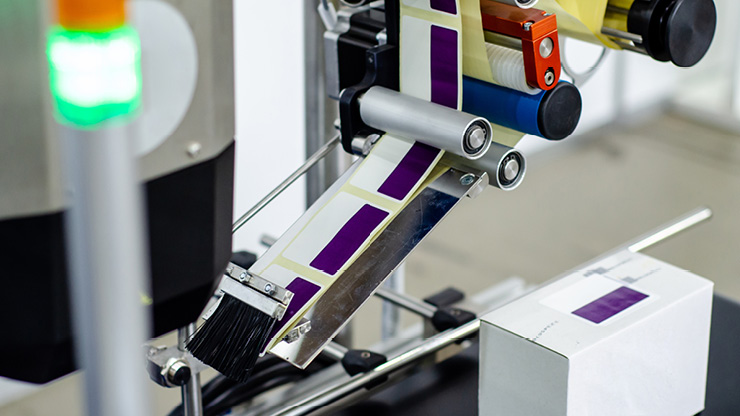
Applications
Thanks to their hugely reduced levels of VOCs, solvent-free adhesives are useful for a wide range of applications. You might choose a solvent-free adhesive for applications such as:
Types of solvent-free adhesives
There are three main types of solvent-free adhesives currently available.
Water-based dispersions are water-based, solvent-free glues. In these products, water carries the adhesive, which then cures as the water evaporates. These water-based glues are the traditional approach to solvent-free adhesives.
Solventless adhesives are high-viscosity, non-liquid products. Through their high viscosity, they are capable of holding two surfaces together. Although they were once only used in low-demand applications, such as candy wrappers, advances have made solventless adhesives a popular choice for any lamination.
Hot-melt adhesives are fully solid polymer adhesives. At high temperatures, these thermoplastics melt into liquids with excellent flow, before cooling in seconds to form strong bonds. Hot-melt adhesives do not require drying, which makes the production more efficient.
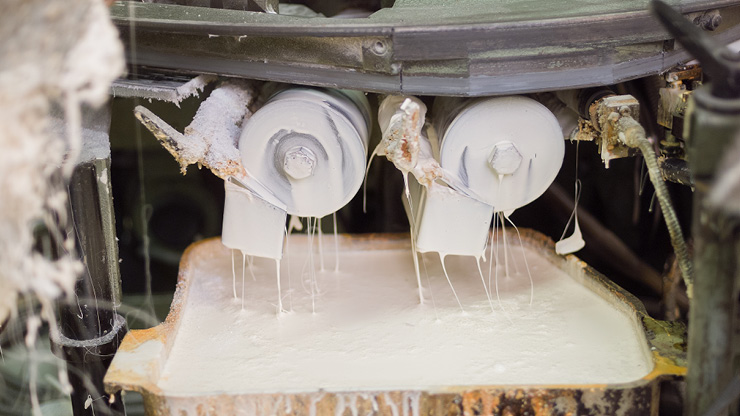
The pros of solvent-free adhesives
The main benefits of solvent-free adhesives stem from their hugely reduced levels of VOCs.
Because these adhesives contain negligible amounts of VOCs, very few dangerous fumes will be produced, and you won’t need to ventilate or take other safety precautions to prevent fire or health hazards. This also means that you can lessen the burden of managing solvent-related regulations or restrictions when importing or exporting the adhesive. This advantage is especially important in several countries that have strict standards for products containing VOCs.
Beyond eliminating strong odors and hazards in the workplace, solvent-free adhesives are also safer for the environment, as they produce almost no VOC vapors that could contribute to smog.

The cons of solvent-free adhesives
Solvent-free adhesives have come a long way, and advances in technology have eliminated many of the disadvantages these products once had.
Although some specific adhesives have their own downsides, most solvent-free adhesives share a disadvantage—poor weathering resistance. Adhesives that contain solvents are typically better able to withstand exposure to varying temperatures.
A solvent-free adhesive with high weather resistance
KURARITY™, the transparent TPE, provides optical clarity and high weather resistance thanks to its all-acrylic structure. Interested in learning more? Contact us to get in touch with one of our experts.
Are solvent-free adhesives worth it?
Solvent-free adhesives have the advantage of eliminating many of the complications that come with solvent-based options, while still providing comparable performance in most applications. Improved safety, fewer regulations, and low toxicity are the key advantages of these adhesives.
Solvent-free adhesives are especially useful in applications that must pay close attention to chemical safety, such as consumer goods (including diapers and food packaging) and medical applications, or in locations that have difficulty ventilating the fumes that solvent-based adhesives produce.
Tips for applying solvent-free adhesives
Because solvent-free adhesives vary so widely in form, from water-based glues to solventless adhesives and hot-melt adhesives, their methods of application and curing can vary widely. Be sure to properly understand the curing and application process of your solvent-free adhesive before applying it.
KURARITY™: Our material for solvent-free adhesives
KURARITY™, the transparent TPE, is the Kuraray solution for a solvent-free adhesive. KURARITY™ is an acrylic block copolymer produced by living anionic polymerization and utilized as a solvent-free, hot-melt, pressure-sensitive adhesive.
The all-acrylic structure of KURARITY™ gives it optical clearness and high weather resistance. Thanks to its narrow molecular weight distribution, KURARITY™ exhibits low viscosity and good removability.
Best of all, thanks to its block copolymer structure, KURARITY™ is capable of self-assembly with physical crosslinking, allowing you to omit the aging process.
With KURARITY™, run a simpler process with no UV curing, no drying process, and minimal VOC and odor.
Interested in learning more about KURARITY™? Contact us to get in touch with our experts.
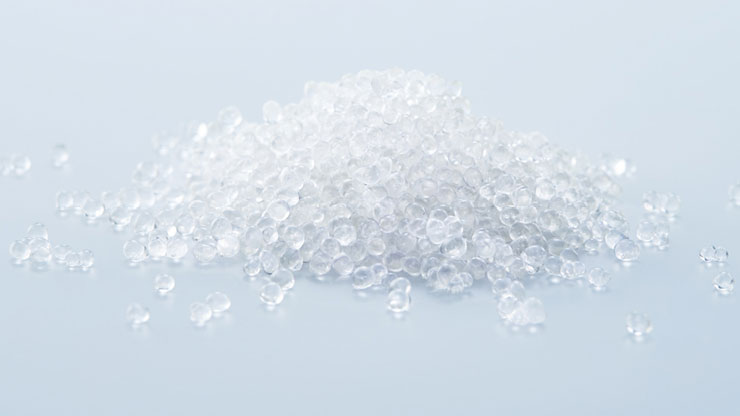
Product Brochure
KURARITY™ – acrylic block copolymer
Technical insights
You can find more information about our products and applications in the R&D documentation.

Contact
